By Manzanillo Sun Writer from the May 2015 Edition
Researching this article proved to be a true conundrum. I was not expecting to find so much conflicting information regarding what ‘is’ and ‘is not’ real vanilla. In my mind it was a simple task to purchase vanilla, especially here in Manzanillo. It’s Mexico! For me, the real product would state that it is natural vanilla on the label. The other product would state ‘imitation vanilla’ on the label. Simple! But this may not be the case at all. Of course the imitation product is what it claims to be. However, finding a truly natural vanilla extract is much more complicated.
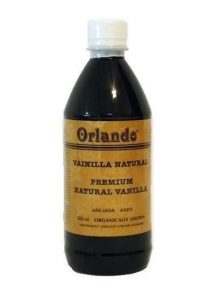
For some long-forgotten reason, I had also acquired a predetermined mind-set that real vanilla would not contain alcohol. I stand corrected. In fact real vanilla extract can only be made with the use of alcohol. If the label on the bottle does not say that alcohol is an ingredient then it cannot be the true extract. One of my sources went as far
as to say that “more than 99% of all so-called vanilla extract bought in retail venues in Latin America is imitation vanilla.” This statement seemed much exaggerated. Now my quest for the truth became a true challenge.
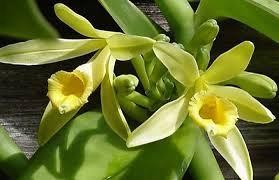
Until the latter part of the 19th century, Mexican vanilla enjoyed a monopoly. Business prospered in the vanilla growing regions on the Gulf of Mexico. Vanilla pods (beans, sticks) grow from the most beautiful flowering orchids. By the early 20th century, competition from heavily vested French plantations nurtured for decades in other tropical climates began to gain control of the world vanilla market. This was further complicated for the Mexicans by the Mexican Revolution. On the heels of the revolution, development by petroleum companies in the gulf region began stripping the natural forestation. Growing vanilla became even more difficult.
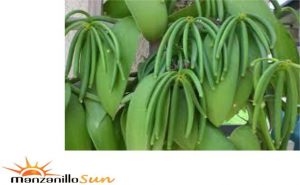
Meanwhile, synthetic products were developing in Germany as cheaper alternatives. It was soon discovered that a synthetic product named vanillan could be made from paper pulp and coal tar. Apparently, Mexico, Central America and the Caribbean began to sell the cheap synthetic vanillas with great success and profit! By adding coumarin to synthetic vanillan, the flavor was a little more like pure vanilla. Coumarin is a toxic substance especially to the liver, and has been banned in the USA since the 1950’s. Be wary of purchasing products outside the USA and do some serious investigation when buying in Mexico. Beware of the sidewalk vendors and tourist markets and stick to reputable merchants. Be prepared for ‘sticker shock’ when buying vanilla since the true vanilla extract is extremely labor intense to produce and therefore expensive. There is no such thing as cheap vanilla extract so I gather.
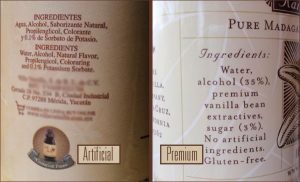
Here is what I have gleaned from my readings as to choosing a good vanilla:
1. Vanilla flavor and vanilla extract are not the same thing.
2. Make sure the label states pure vanilla extract. If the label does not include alcohol, it cannot be real vanilla extract. Products without alcohol are vanilla flavor. Alcohol is the prime factor used for extraction. The USA Food and Drug Administration standard requires: 13.5 ounces of vanilla beans in one gallon of liquid consisting of 35% alcohol and 65% water.
3. It will not be ‘cheap’. Internet pricing at this time appears to be about $11.00 to $12 US for a 16 oz./500ml bottle. If used for baking only tiny amounts are suggested so this bottle would last a long time.
Though I cannot and will not endorse products, I will tell you that I have purchased for my own use a product found locally in Manzanillo called Orlando. The vanilla beans are grown organically, without pesticides; they follow the USA standards and are accurately labelled. You may wish to check out their website for more details at: http://orlandomx.com/index_eng.html
Other information about vanilla extract:
Natural vanilla extract contains numerous antioxidants including vanillin acid, and vanillan. Antioxidants protect our bodies from damaging harmful components such as free radicals and toxins.
In a 2007 research publication from the “Journal of Agricultural and Food Chemistry” vanilla extracts were found to contain 26% to 90% of the antioxidants of unprocessed vanilla. (Depending on the type of antioxidants and extract concentration). They concluded that vanilla showed great potential as a health supplement and as a food preservative.
As a natural antioxidant vanillin may have anti- inflammatory properties and liver protection capabilities though research has not been done for humans.
Using high doses of vanillin, animal studies, have demonstrated a significant reduction in total blood cholesterol levels in rats.
The future looks bright for the potential of vanilla extract. Over and above it’s delicious flavoring in baked goods, icecream and such, I like to add a teaspoon to my coffee grinds when I’m brewing a pot. Highly recommended.
Download the full edition or view it online
Manzanillo Sun’s eMagazine written by local authors about living in Manzanillo and Mexico, since 2009
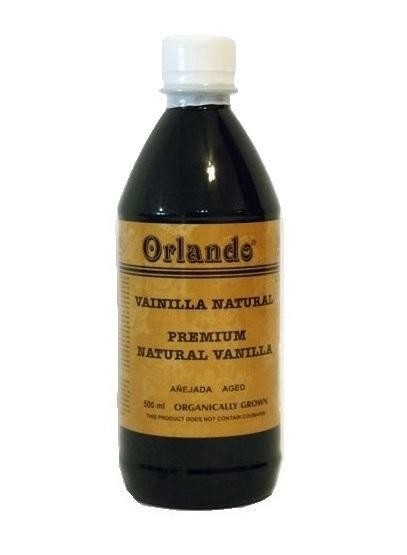

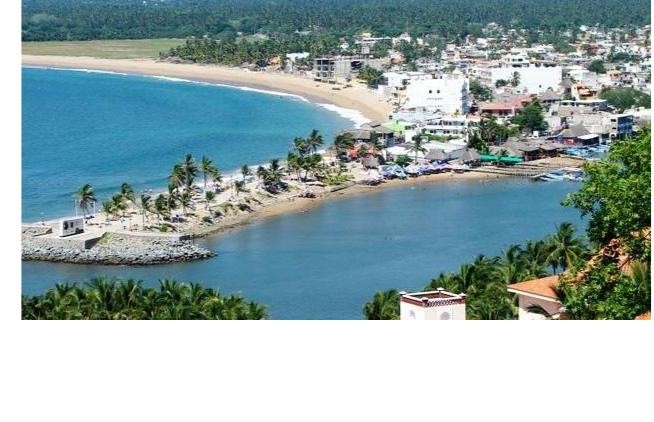

You must be logged in to post a comment.